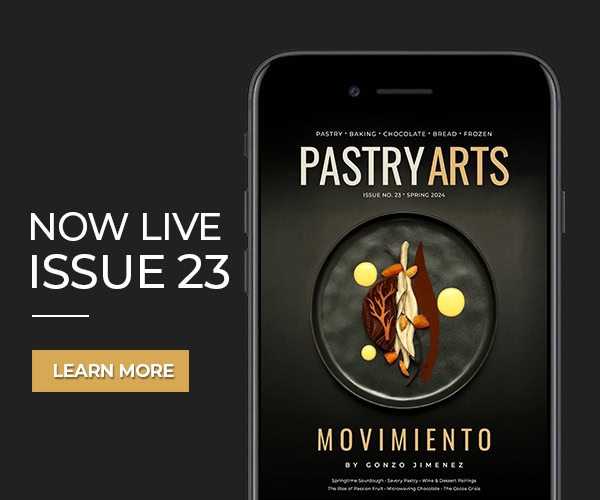Events of the past year have caused definite ripples in all aspects of the culinary industry, and in some cases, those ripples have shaken things up enough so that many restaurants, cafes, bakeries, and other food businesses have been forced to close their doors. Others pivoted and thrived in the face of dramatic social change and uncertainty, but most just hung on as best they could and are still treading water and wondering what their future brings. Experts warn that substantial differences between the new normal and the former status quo will likely be in play when we begin to emerge into the light at the end of the pandemic tunnel. For instance, consumers outside of the densest urban environments have developed a strong appreciation lately for having a reasonably wide array of delivery or takeout options from which to choose, and that preference probably won’t be going away as we move forward into the second decade of the 21st century.
Nonetheless, changes in the overall culinary scene aren’t entirely related to the global pandemic. There’s been a significant movement in recent years toward smaller, chef-centered establishments and services as seen in the explosion of mobile food trucks during the past decade. Hot dogs and ice cream products have long been a part of the culinary landscape of American street food, and talented chefs began to take notice of them as a way to take ownership of their crafts and careers. Food trucks have crossed the territorial line from trendy to traditional, leaving room for newcomers on the stage — and one of this year’s major players on that stage is the ghost kitchen. Here’s what ghost kitchens are and why they’re a particularly appealing option for pastry professionals seeking to step off the conventional occupational ladder and onto a trajectory of their own making.
Ghost Kitchens 101
Ghost kitchens are commercial food preparation spaces owned by management companies devoted to delivery-only business models. They don’t have dining rooms, cash registers, servers, drive-up windows — in short, they have none of the typical trappings but the kitchen, which the entrepreneur rents on an as-needed basis while third party food delivery services get the finished product to the customer. Some of the larger or more centrally located facilities have a shared commissary space for customers. These are utilitarian facilities without identifiers such as signage and are often situated in industrial parts of town, which translates to lower rental costs that fledgling culinary entrepreneurs find appealing. Rental terms vary per facility, but in general, you can expect to pay only for the time that you’re scheduled to actually use the space. Although you’ll be expected to clean up the area after your scheduled time has come to an end, ghost kitchens are deep cleaned on a regular basis.
The Benefits of Ghost Kitchens for Pastry Professionals
The relatively low startup and operating costs that ghost kitchens bring to the table make it easier for pastry professionals to chart their own independent career course as well as allows them to devote their primary focus to their craft. It’s also possible to work in tandem with other culinary businesses located in the same space. For instance, if another chef who is using one of the units in the ghost kitchen space specializes in finely crafted dinners, customers can opt to include a dessert prepared in another unit in their order.
Another advantage of using a ghost kitchen is that it provides a low-risk way to test the market without the potential of incurring substantial financial losses. If sales are disappointing, there’s no long-term leasing commitment. And with baked goods, you won’t be limited to retail customers — many pastry professionals sell desserts in bulk to brick-and-mortar eateries that opt to outsource the contents of their dessert menus rather than maintain in-house pastry staff.
The Drawbacks of Ghost Kitchens
Ghost kitchens involve a business model that came of age quickly during a global pandemic and has yet to be fine-tuned, so it’s understandable that a few drawbacks exist. These drawbacks include not having any control over the quality of service provided by third-party delivery companies and the challenges presented by cultivating and maintaining an online-only presence.
The pandemic will take its place in history at some point during the coming year, but ghost kitchens are likely here to stay. While they won’t replace traditionally dining venues as long as consumers enjoy getting out of the house for a well-crafted meal in a pleasant environment, ghost kitchens add another dimension to the industry that allows pastry professionals to utilize a craft approach and have more control over their careers.




